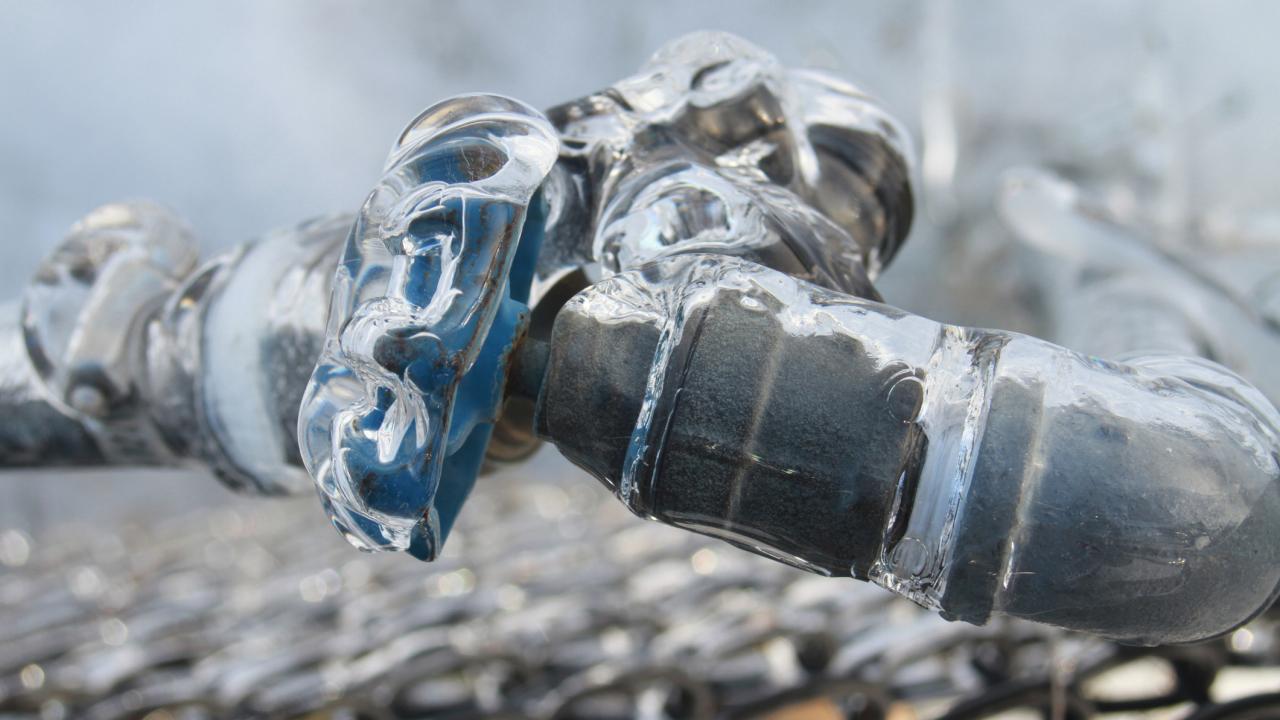Essential Strategies for Avoiding Frozen Plumbing in Cold Weather
Essential Strategies for Avoiding Frozen Plumbing in Cold Weather
Blog Article
Are you currently on the lookout for facts and techniques about Winter Plumbing Precautions: Preventing Frozen Pipes?

Cold weather can ruin your plumbing, particularly by freezing pipelines. Here's just how to avoid it from happening and what to do if it does.
Intro
As temperatures decrease, the risk of icy pipelines boosts, possibly bring about expensive fixings and water damage. Recognizing how to avoid icy pipes is vital for homeowners in cold climates.
Comprehending Frozen Pipelines
What creates pipelines to freeze?
Pipes freeze when subjected to temperatures listed below 32 ° F (0 ° C) for expanded periods. As water inside the pipes ices up, it expands, taxing the pipe walls and potentially causing them to burst.
Risks and damages
Frozen pipelines can lead to supply of water disturbances, home damage, and expensive repairs. Ruptured pipelines can flood homes and cause considerable architectural damage.
Indications of Frozen Pipeline
Identifying icy pipes early can stop them from rupturing.
How to recognize frozen pipelines
Search for reduced water circulation from faucets, uncommon odors or sounds from pipelines, and visible frost on subjected pipelines.
Prevention Tips
Shielding vulnerable pipes
Cover pipelines in insulation sleeves or use warm tape to protect them from freezing temperatures. Focus on pipes in unheated or exterior locations of the home.
Home heating techniques
Keep indoor rooms adequately warmed, specifically locations with plumbing. Open cabinet doors to permit warm air to flow around pipelines under sinks.
Safeguarding Outdoor Pipes
Garden hoses and exterior faucets
Separate and drain pipes garden tubes before winter months. Set up frost-proof faucets or cover outdoor faucets with shielded caps.
What to Do If Your Pipelines Freeze
Immediate activities to take
If you believe icy pipes, maintain taps open up to ease stress as the ice thaws. Make use of a hairdryer or towels taken in warm water to thaw pipelines gradually.
Long-Term Solutions
Architectural changes
Take into consideration rerouting pipelines far from exterior walls or unheated areas. Include added insulation to attic rooms, basements, and crawl spaces.
Upgrading insulation
Invest in high-quality insulation for pipes, attic rooms, and wall surfaces. Appropriate insulation helps maintain consistent temperatures and reduces the threat of frozen pipes.
Final thought
Avoiding frozen pipes requires proactive actions and fast reactions. By understanding the causes, indicators, and preventive measures, house owners can secure their plumbing during winter.
5 Ways to Prevent Frozen Pipes
Drain Outdoor Faucets and Disconnect Hoses
First, close the shut-off valve that controls the flow of water in the pipe to your outdoor faucet. Then, head outside to disconnect and drain your hose and open the outdoor faucet to allow the water to completely drain out of the line. Turn off the faucet when done. Finally, head back to the shut-off valve and drain the remaining water inside the pipe into a bucket or container. Additionally, if you have a home irrigation system, you should consider hiring an expert to clear the system of water each year.
Insulate Pipes
One of the best and most cost-effective methods for preventing frozen water pipes is to wrap your pipes with insulation. This is especially important for areas in your home that aren’t exposed to heat, such as an attic. We suggest using foam sleeves, which can typically be found at your local hardware store.
Keep Heat Running at 65
Your pipes are located inside your walls, and the temperature there is much colder than the rest of the house. To prevent your pipes from freezing, The Insurance Information Institute suggests that you keep your home heated to at least 65 degrees, even when traveling. You may want to invest in smart devices that can keep an eye on the temperature in your home while you’re away.
Leave Water Dripping
Moving water — even a small trickle — can prevent ice from forming inside your pipes. When freezing temps are imminent, start a drip of water from all faucets that serve exposed pipes. Leaving a few faucets running will also help relieve pressure inside the pipes and help prevent a rupture if the water inside freezes.
Open Cupboard Doors
Warm your kitchen and bathroom pipes by opening cupboards and vanities. You should also leave your interior doors ajar to help warm air circulate evenly throughout your home.

I was introduced to that editorial on Winter Plumbing Precautions: Preventing Frozen Pipes through someone on a different web blog. Those who enjoyed reading our page kindly do not forget to share it. I am grateful for your time. Please come visit our blog back soon.
Book Your Service Report this page